
PepsiCo is behind more brands than you might immediately think of, the company owns everything from Pepsi and 7UP to Quaker Oats, Lays and SodaStream. Its dedicated design arm, PepsiCo Design + Innovation was created 10 years ago, and is headed up by chief design officer, Mauro Porcini.
PepsiCo Design + Innovation have won over 1,800 design and innovation awards, and have been involved in numerous collaborations, including Pepsi x Puma, Doritos x Stranger Things and Gatorade Fuel Lab with Serena Williams.
These achievements are now celebrated in a new book, Good Design Is for Everyone, published by Rizzoli New York, which showcases how PepsiCo's human-centered approach to design has created stunning results. I caught up with Porcini to find out more about this approach, as well as some of the brand's most famous visual identities.
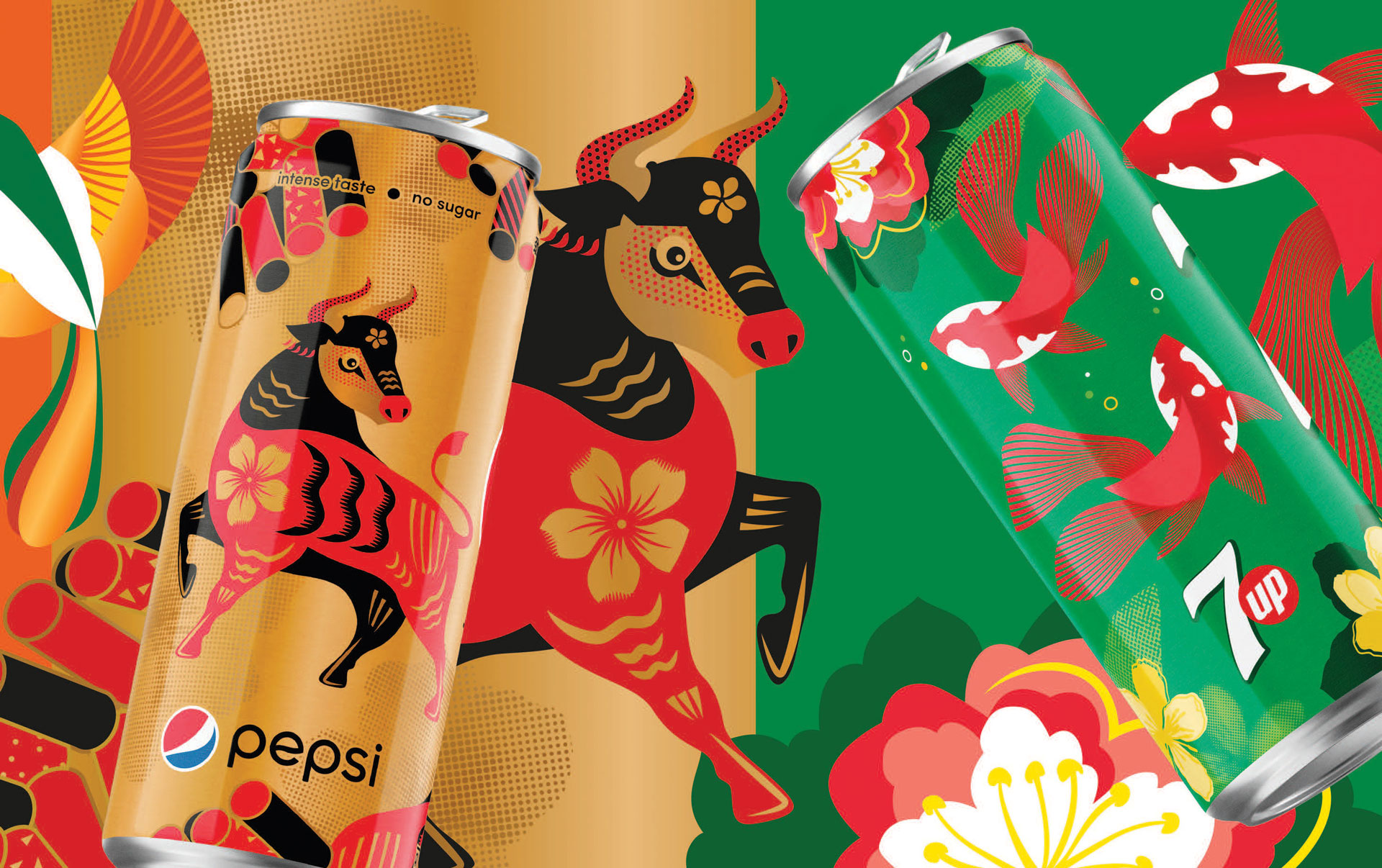
Do you think design can trigger emotional and intellectual response?
Absolutely, especially when humans are at the centre of the design process. For example, as a brand, 7UP aims to create moments of upliftment and joy every day. This year when 7UP outside of the United States was rebranding, our Design Team created a visual identity that perfectly captures this brand ethos, including bright, zesty hues and high-contrast lines and shapes that create a feeling of upward energy.
Another example is our Pepsi Culture Can Series, which serves as a global platform to uplift the things that bring people together, like symbols, food, music and architecture. From China and Malaysia to Saudi Arabia and Mexico, each limited-edition can highlighted local artists and designers to uncover symbols of unity, hope and joy. These traditional designs were then infused with the youthful optimism that represents the Pepsi brand. The Culture Can Series delighted Pepsi fans everywhere.

What was the process for the most recent Pepsi rebrand?
The latest visual identity update was led by PepsiCo Design + Innovation and was a labour of love several years in the making. We wanted to create something that nods to Pepsi’s past but leaps boldly into the brand’s next chapter. We thoughtfully transformed the type, palette, and logomark. Black – that same black in our Pepsi Zero Sugar identity – paints the wordmark, outlines the globe, and blends into the blue to radiate into the world with a new, ownable Pepsi pulse.
Additionally, in focus groups before the launch, we asked participants to draw the Pepsi logo from memory. Most would put the word 'Pepsi' inside the globe, though the logo hadn’t looked like that for several years. We decided to embrace this insight and unify the logomark and globe.
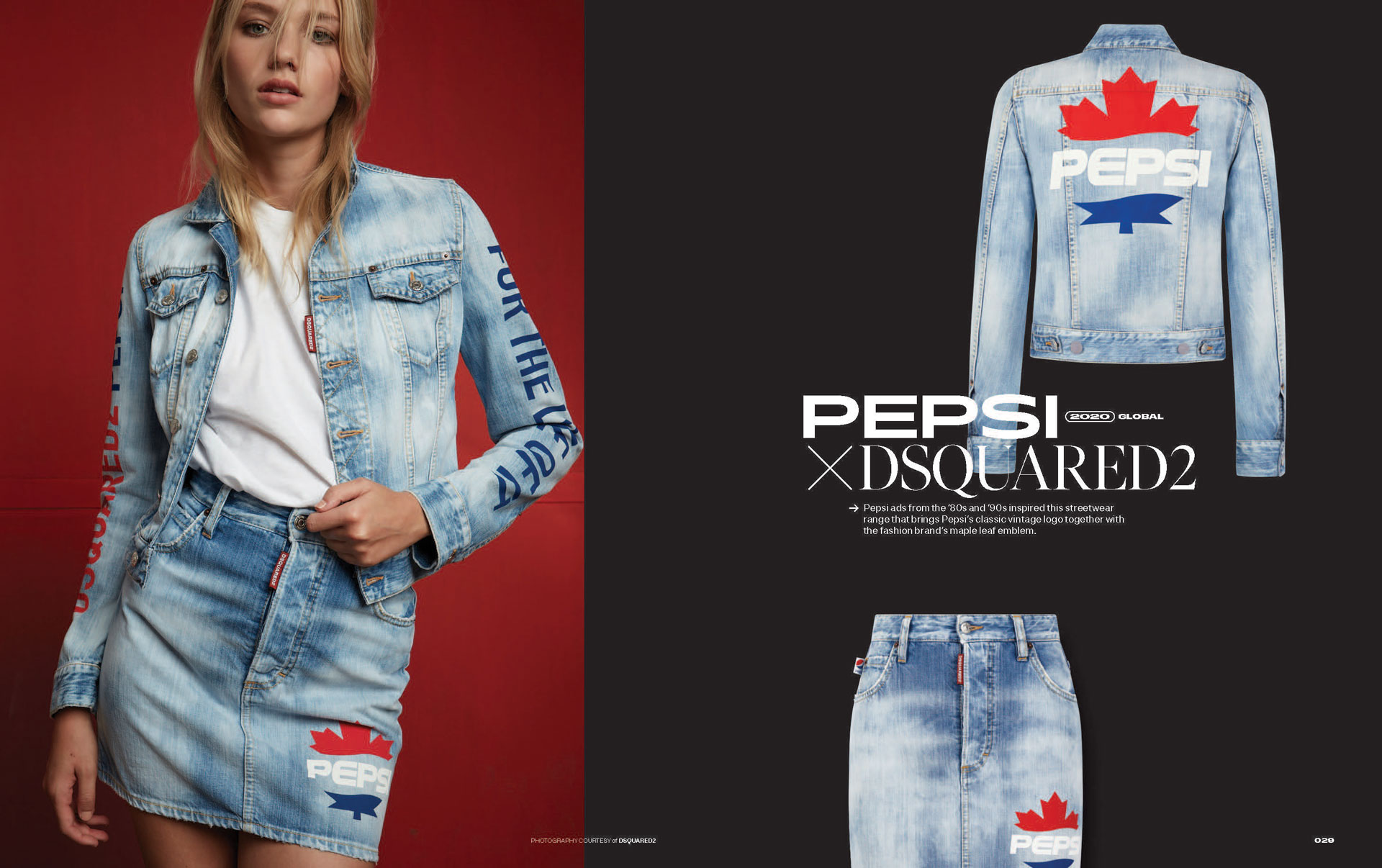
How was Pepsi’s most recent rebrand received? What about 7UP?
They’ve both been received very well! Since the new visual identity hit the shelves a few months ago, Pepsi fans have really liked the new energised color palette, the visual identity’s distinctiveness and the brand’s overall modern look. And our 7UP rebrand received several best-in-design awards this year, highlighting the punchy, dynamic visual identity we crafted for the global brand.
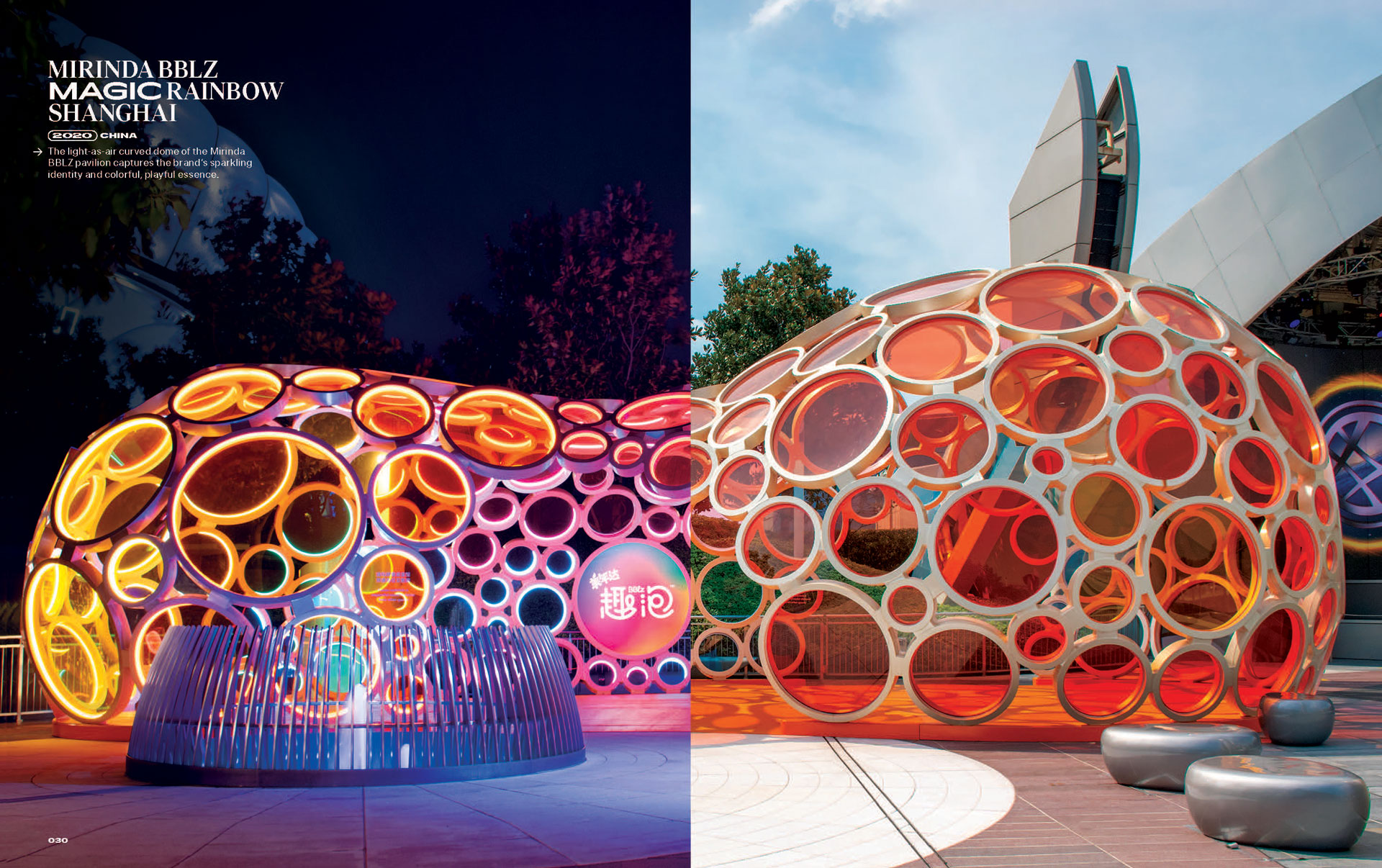
How does Pepsi make sure it stands out amongst the competition?
Pepsi is known for its challenger mindset. It’s an iconic brand that’s always been at the forefront of culture. The visual identity that we created helps Pepsi show up stronger in the places we like to play – including the sports, music and gaming worlds. So, as we push deeper into culture, our new look engages with fans in fresh, exciting ways.
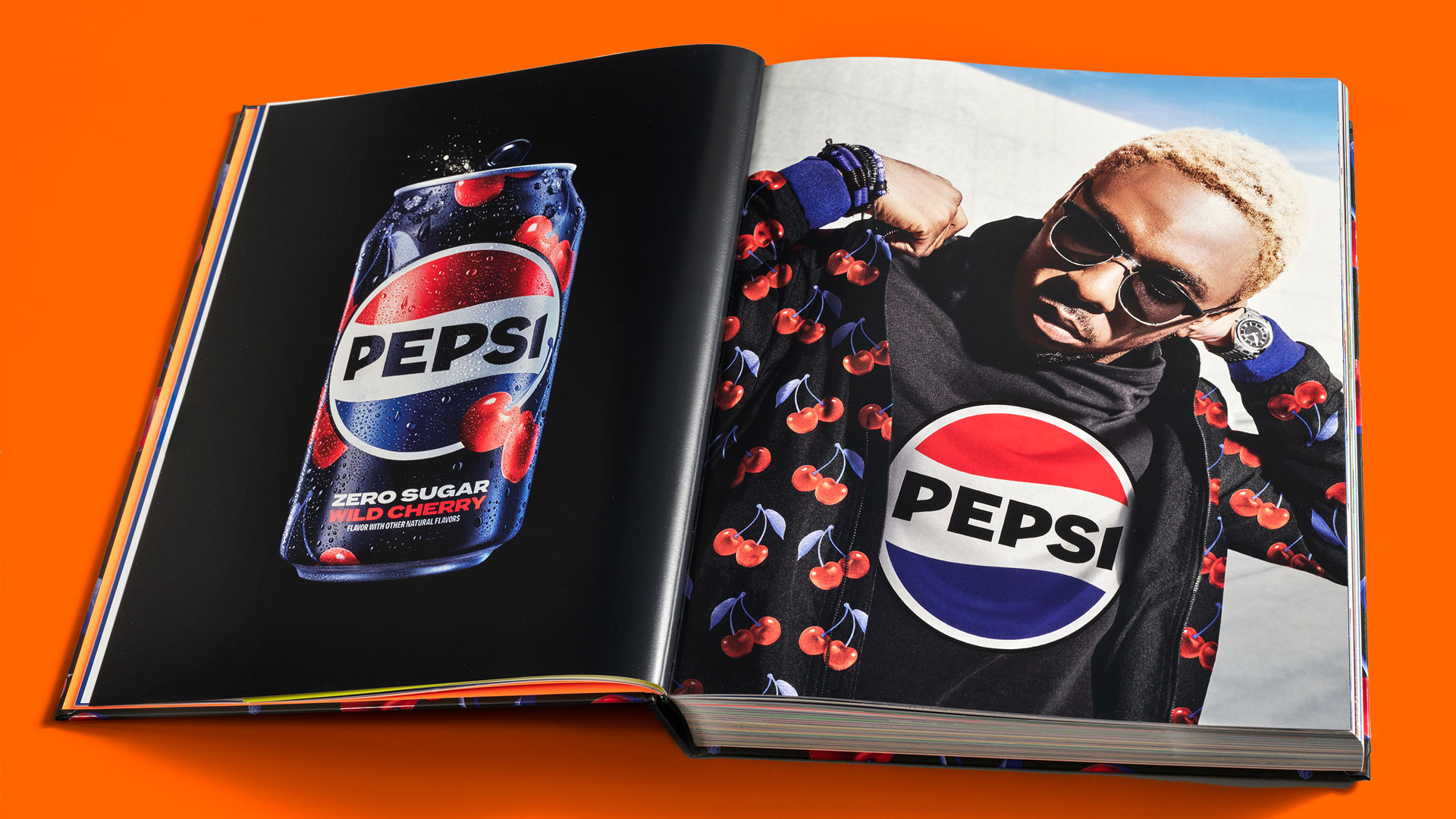
What’s been your favourite iteration of the Pepsi brand?
The current one. And any future ones we will work on. Evolving, constantly, always in tune with people’s needs and wants, is what I love the most.

What is human-centered design and why is it so important to PepsiCo?
In this global, high-tech, and digitised world we live in, human-centered design is one of the most powerful and sustainable competitive advantages that you can build for your company.
In a world in which big brands and startups constantly compete for people’s attention, in a competitive landscape that is more level than ever, a company culture based on human-centered design has an amplified ability to create meaningful and relevant solutions for those people’s wants and dreams.
Over the last decade, our Design Team has collaborated closely with all of PepsiCo’s functions, including Brand, Insights, Marketing, Communications, Commercialisation, and Research and Development, to observe people, collect insights, analyse data and test ideas. We turn these findings into incredible solutions that address the emotional and functional needs of people. Good Design Is for Everyone celebrates these ten years of human-centered design by PepsiCo Design + Innovation and highlights many of these solutions.

How do you think designers can drive positive change?
We believe that a strong design culture amplifies the positive conscience of companies of any size, making them more purposeful in their thinking, more human in their behaviours, and more sustainable in their actions. At PepsiCo, Design is embedded from the start of the innovation process to help drive solutions for people across product, packaging, and experience. Our work prioritises finding more purposeful solutions that help us drive change toward a more inclusive, circular and sustainable world.
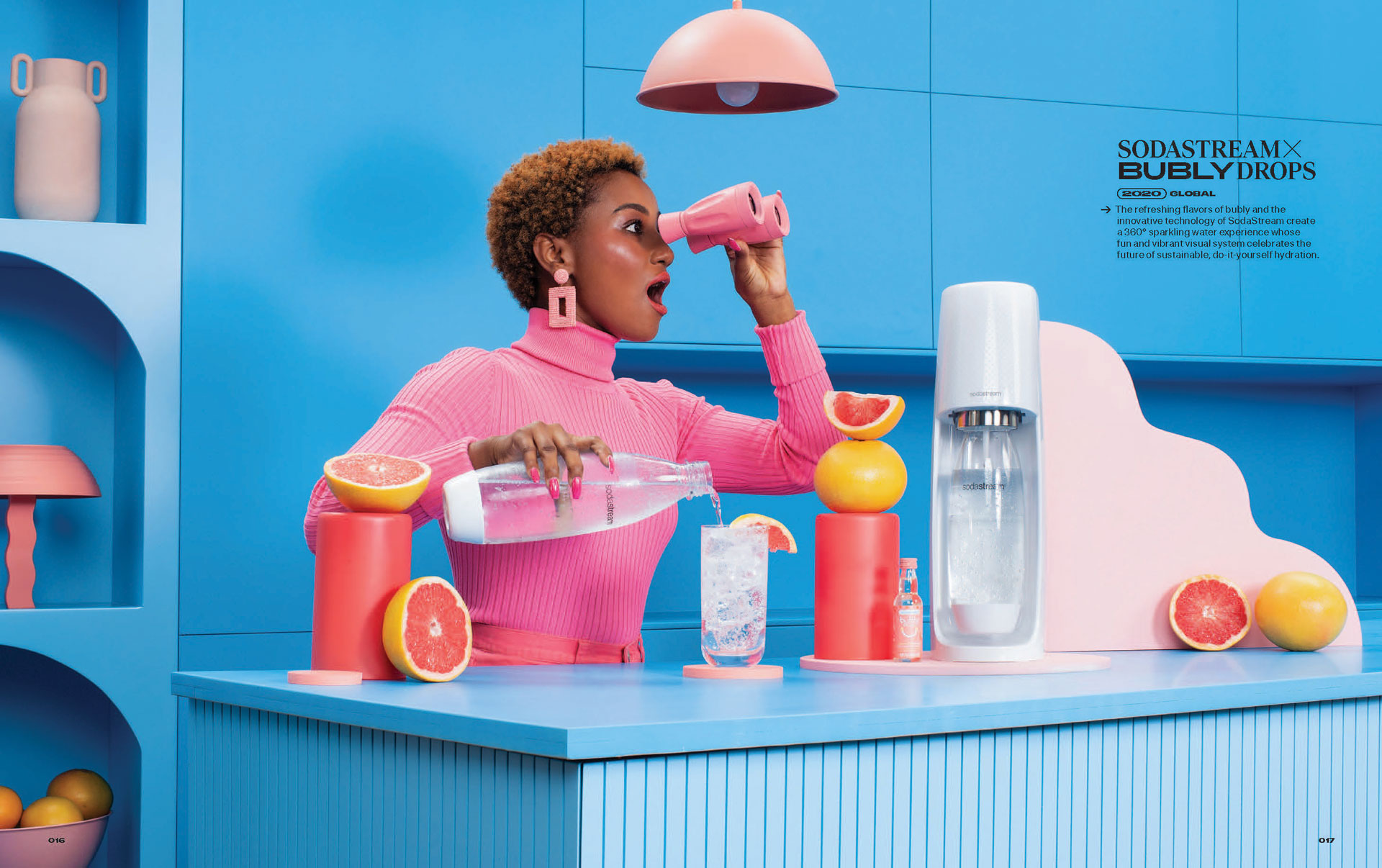
What do you mean by ‘purposeful creativity’ and how can it change the world?
Purposeful creativity can lead to more meaningful solutions to even life’s most common problems. I think this is exemplified by SodaStream Professional, a connected hydration platform and circular ecosystem that enables personalised and sustainable hydration at work or on the go. We designed it so users can customise and save their water’s flavour, temperature, and carbonation level while automatically tracking unique hydration and sustainability goals.

Why is sustainability important in design?
Sustainability in design is more important than ever. It’s in human beings’ interest to preserve and protect the planet and its inhabitants. That’s what real human-centered design tries to do, and environment-centered design is a key component of human-centered design. We have a unique opportunity and an immense responsibility to design products that favour a better future, push our society in the right direction, and imagine and produce the well-being of an entire planet.
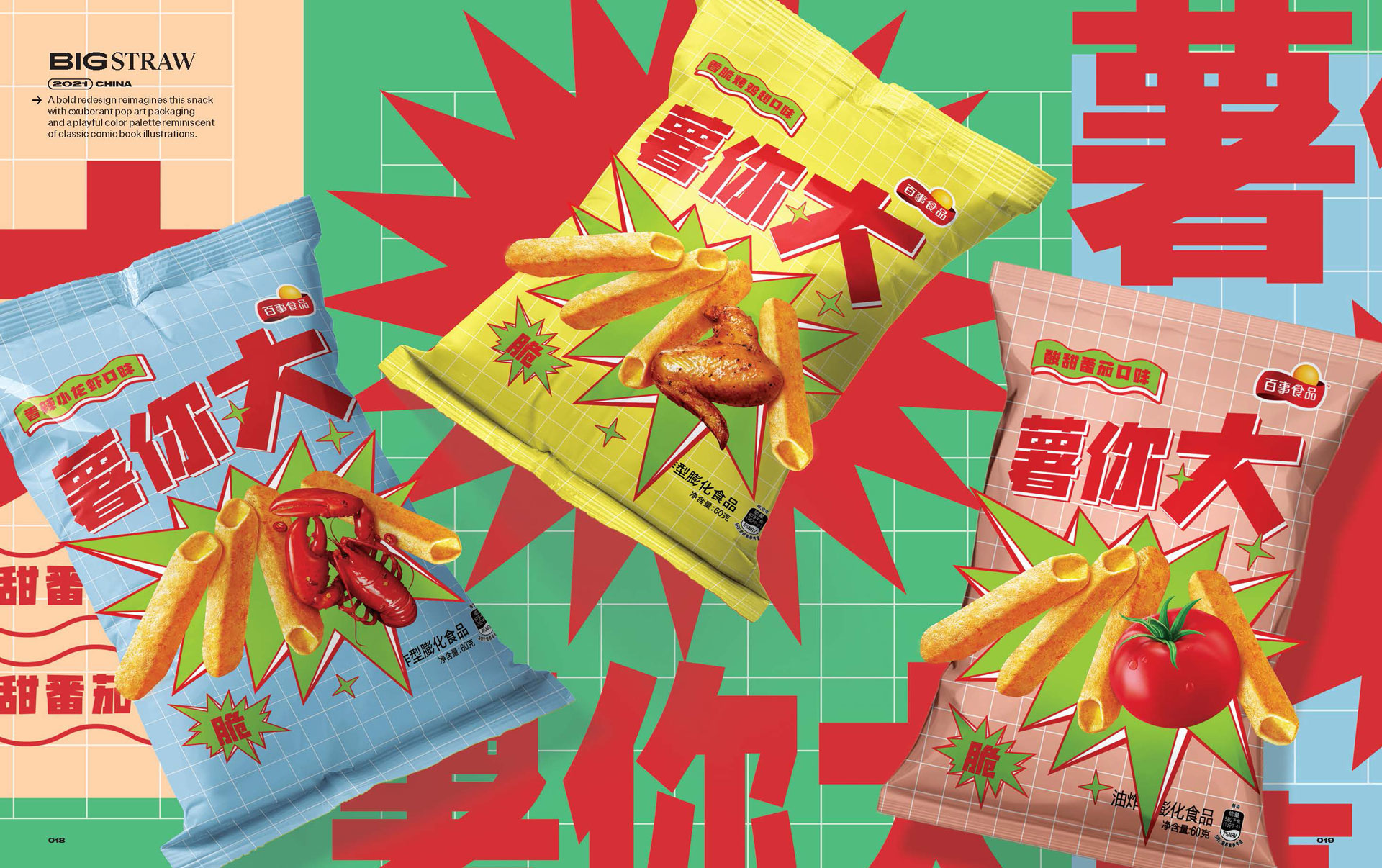
What’s your first step in any design project?
At PepsiCo Design + Innovation, empathy and genuine curiosity drive our design process. Our guiding principle is to create things that are undeniably valuable to other humans. So, first, we thoroughly research and analyse what people really need. Then we use design to solve real challenges and create compelling brands, products, and experiences.
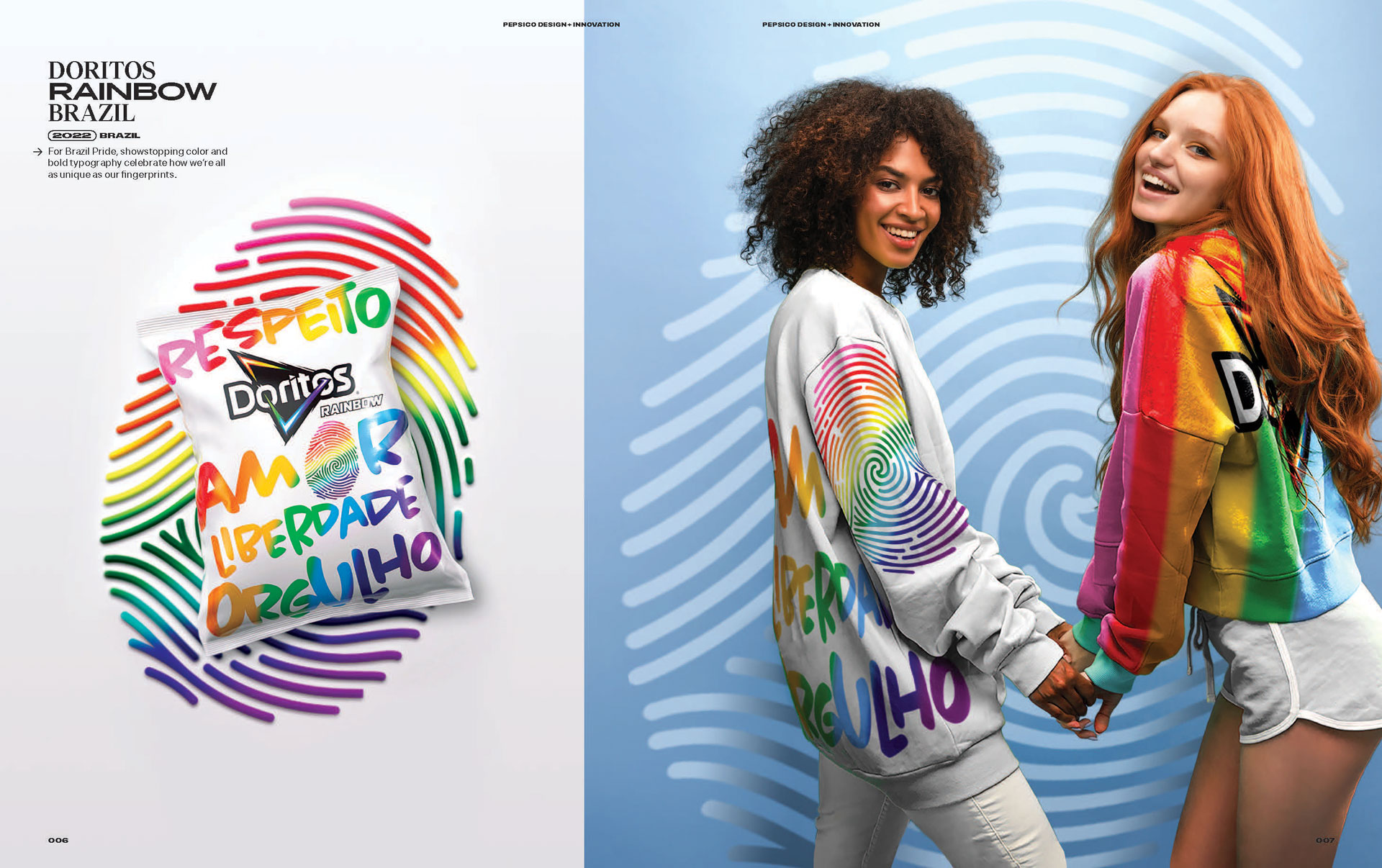
What are your thoughts on that famed Pepsi design document?
I won’t comment on the document itself. It happened in a time before the creation of our internal design team and culture. But that visual identity, generated in 2008 and tuned and evolved by our Design Team in 2013, has been very successful for us over the past many years of the brand. That said, we’re thrilled for this next phase of our beloved Pepsi brand.

How do you decide which brands would make good collaborators?
Collaborations can be a catalyst for authentic user-generated content. When the partnerships are well thought out, they can offer both brands positive exposure and conversations, as well as new revenue streams. We collaborate with companies and artists that match our brands’ attitudes and energies and that resonate authentically with our fans. For example, we’ve collaborated with fashion powerhouses like Nike, Puma, and Dsquared2, cultural events like Shanghai Fashion Week, and athletic greats like Serena Williams.
What’s been your favourite collaboration so far?
It’s hard to point one out. I love them all, as what I love the most is their collective impact on our brands.
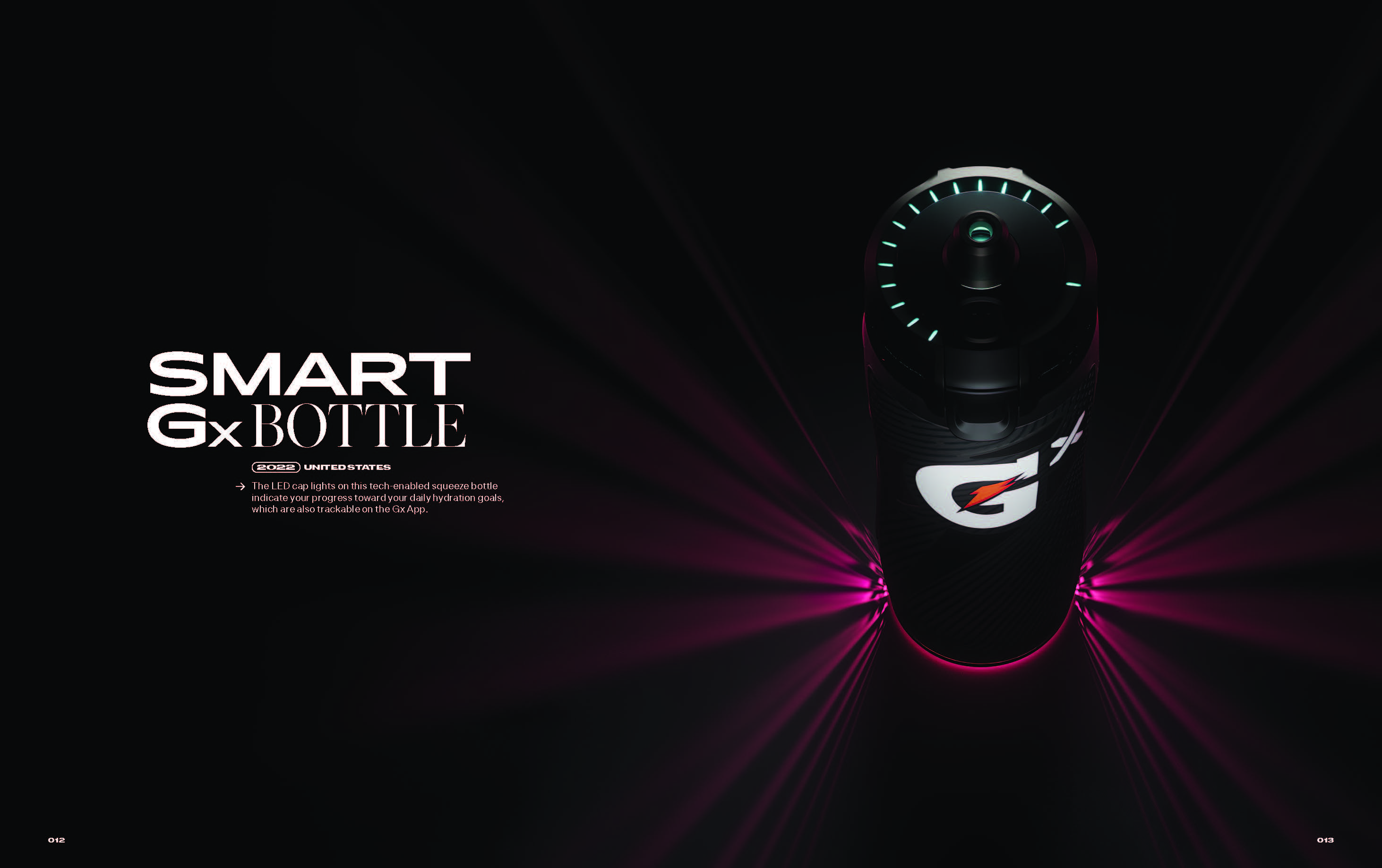
How are you pushing the definition of possible to new extremes?
Design plays a major role in unlocking smaller, breakthrough innovation ideas with scale potential. We work cross-functionally with teams across PepsiCo to implement a design-led approach to development and testing.
One example of this that you’ll find in Good Design Is for Everyone is the Gatorade Smart Gx Bottle, which tracks personalised hydration needs and indicates to athletes when to drink with an LED-powered volume and consumption tracking system. Additionally, with the connection to the Gx App and Gx Sweat Patch, a hydration schedule can be recommended based on sweat profile, activity and environmental and heat conditions. We’re taking something vital, like staying hydrated, and making it even more intuitive and personalised than ever before.
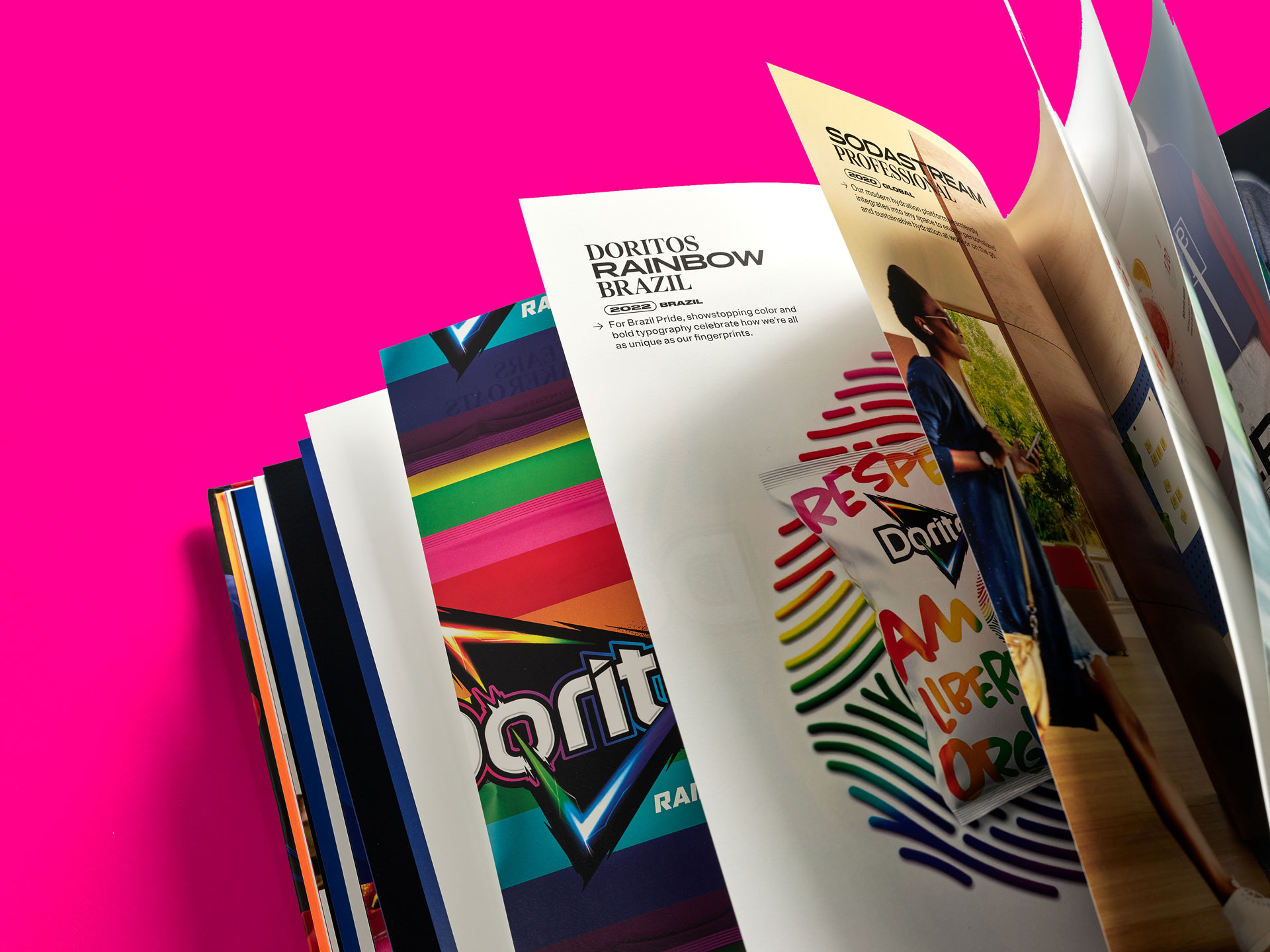
Who do you think will enjoy your new book?
Good Design Is for Everyone is a must-read for passionate designers, creative and business leaders, brand marketers and snack lovers.
I hope that this book can be a source of inspiration for many other companies in many other industries to embrace human-centered design as a driver of value – human value first, and business value after.







